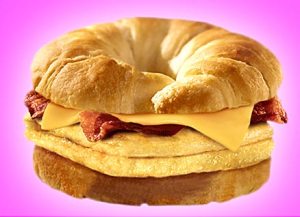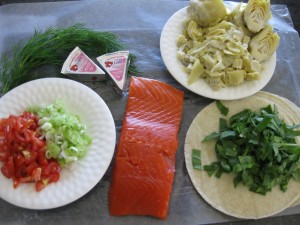 You’re excited, get up early make sure you haven’t forgotten anything and get in the car. En Route for [fill in the blank]. Haven’t had breakfast yet? No problem, there’s always a rest stop around…
You’re excited, get up early make sure you haven’t forgotten anything and get in the car. En Route for [fill in the blank]. Haven’t had breakfast yet? No problem, there’s always a rest stop around…
We all know the nutritional dangers that road-trips can bring, and sometimes packing a cooler with healthy meals just doesn’t seem right. So when facing the Golden Arch and its fellow competitors, you CAN get something healthy but still get that special occasion feeling.
But beware: sometimes a healthy-sounding option is just the opposite!
Check-out the Breakfast Compilation
- STARBUCKS
Pick- Oatmeal (140 cal) + Nut Medley topping (100 cal) – watch the dried fruit topping it has a lot of added sugars.
- Tall Skinny Vanilla Late (90 cal)
- Egg White, Spinach & Feta Wrap (280 calories, beware: 900mg sodium – 39%)
- 8-Grain Roll (350 calories, 5g dietary fibers-20%, 10g protein, watch it:21 g sugar)
Nix
- Yogurt Parfaits (They are all above 30g of sugar)
- Lowfat Red Raspberry Muffin(340 calories, 37g sugars !!!)
- Zucchini Walnut Muffin (490 calories, 28g sugars, 28g fat-44%)
- Any drinks with “cream” in it!
- SUBWAY
Pick
- Egg Muffin Melt w/ egg whites, black forest ham and cheese (160 calories, 4g fat, 15g protein)
Nix
- 6″Omelet Sandwich – even with egg whites! (all around 1400mg sodium and more!)
- Egg Muffin Melt w/ egg whites, black forest ham and cheese (160 calories, 4g fat, 15g protein)
- MCDONALD
Pick
- Hotcakes w/0 syrup or margarine (350 calories, 8g protein, 10% fiber)
- Fruit n’ yogurt parfait w/ granola (160 calories, 4g protein, watch it: 21g sugar)
Nix
- Egg McMuffin (although only 300 calories, it packs 260mg of cholesterol – 87%)
- Hotcake syrup (180 calories, 32g sugars)
When’s the last time you went on a road-trip? Any go-to morning favorites?







